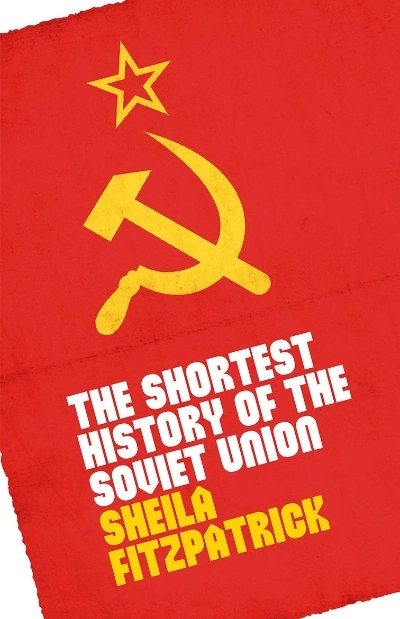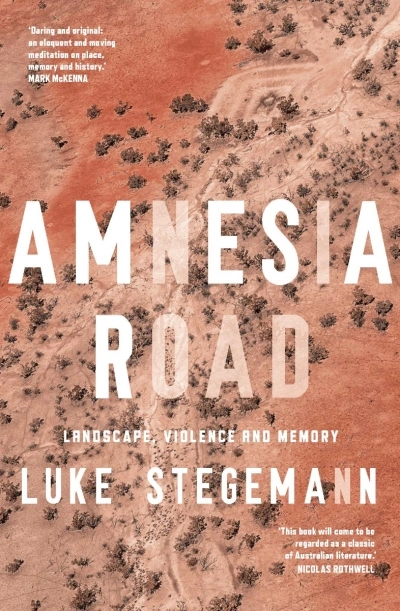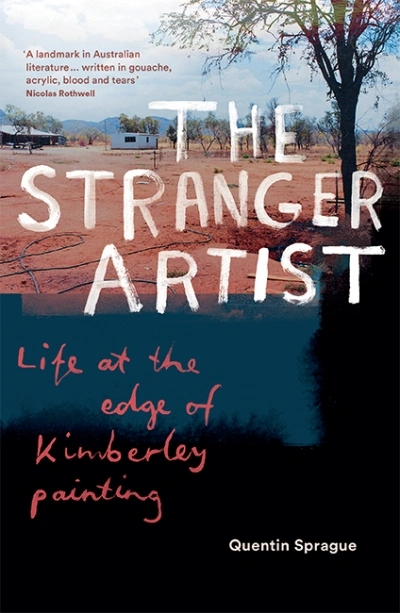Luke Stegemann
The Shortest History of the Soviet Union by Sheila Fitzpatrick & Collapse by Vladislav M. Zubok
by Luke Stegemann •
Amnesia Road: Landscape, violence and memory by Luke Stegemann
The International Brigades: Fascism, freedom and the Spanish Civil War by Giles Tremlett
by Luke Stegemann •
Twilight of Democracy: The failure of politics and the parting of friends by Anne Applebaum
by Luke Stegemann •
The Stranger Artist: Life at the edge of Kimberley painting by Quentin Sprague
by Luke Stegemann •











